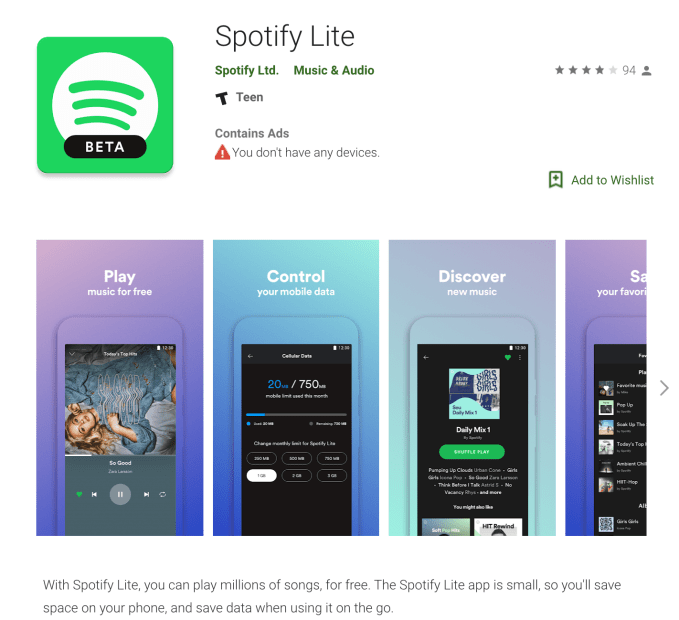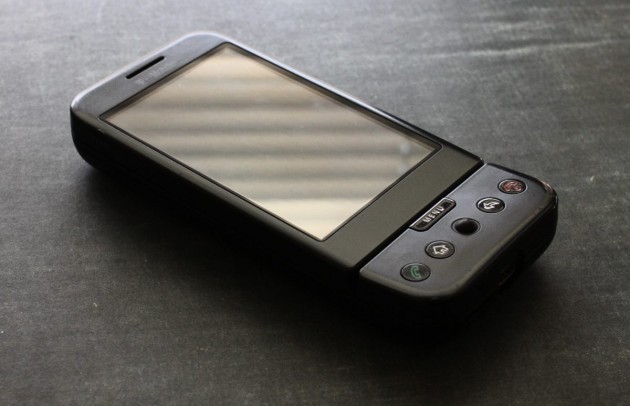After years of teasing, Original Stitch has officially launched their Bodygram service and will be rolling it out this summer. The system can scan your body based on front and side photos and will create custom shirts with your own precise measurements.
“Bodygram gives you full body measurements as accurate as taken by professional tailors from just two photos on your phone. Simply take a front photo and a side photo and upload to our cloud and you will receive a push notification within minutes when your Bodygram sizing report is ready,” said CEO Jin Koh. “In the sizing report you will find your full body measurements including neck, sleeve, shoulder, chest, waist, hip, etc. Bodygram is capable of producing sizing result within 99% accuracy compared to professional human tailors.”
[gallery ids="1666969,1666970,1666971,1666972,1666973,1666974"]The technology is a clever solution to the biggest problem in custom clothing: fit. While it’s great to find a service that will tailor your clothing based on your own measurements, often these measurements are slightly off and can affect the cut of the shirt or pants. Right now, Koh said, his team offers free returns if the custom shirts don’t fit.
Further, the technology is brand new and avoids many of the pitfalls of the original body scanning tech. For example, Bodygram doesn’t require you to get into a Spandex onesie like most systems do and it can capture 40 measurements with only two full-body photos.
“Bodygram is the first sizing technology that works on your phone capable of giving you highly accurate sizing result from just two photos with you wearing normal clothing on any background,” said Koh. “Legacy technologies on the market today requires you to wear very tight fitting spandex suit, take 360 photos of you, and require a plain background to work. Other technologies gives you accuracy with 5 inches deviation in accuracy while Bodygram is the first technology to give you sub 1-inch accuracy. We are the first to use both computer vision and machine learning techniques to solve the problem of predicting your body shape underneath the clothes. Once we predicted your body shape we wrote our proprietary algorithm to calculate the circumferences and the length for each part of the body.”
Koh hopes the technology will reduce returns.
“It’s not uncommon to see clothing return rate reaching in the 40%-50% range,” he said. “Apparel clothing sales is among the lowest penetration in online shopping.”
The system can also be used to measure your body over time in order to collect health and weight data as well as help other manufacturers produce products that fit you perfectly. The app will launch this summer on Android and iOS. The company will be licensing the technology to other providers who will be able to create custom fits based on just a few side and front photos. Sales at the company grew 175% this year and they now have 350,000 buyers who are already creating custom shirts.
A number of competitors are in this interesting space, most notably ShapeScale, a company that appeared at TechCrunch Disrupt and promised a full body scan using a robotic scale. This, however, is the first commercial use of standard photos to measure your appendages and thorax and it’s an impressive step forward in the world of custom clothing.
from Android – TechCrunch https://ift.tt/2NlcP5I
via IFTTT

